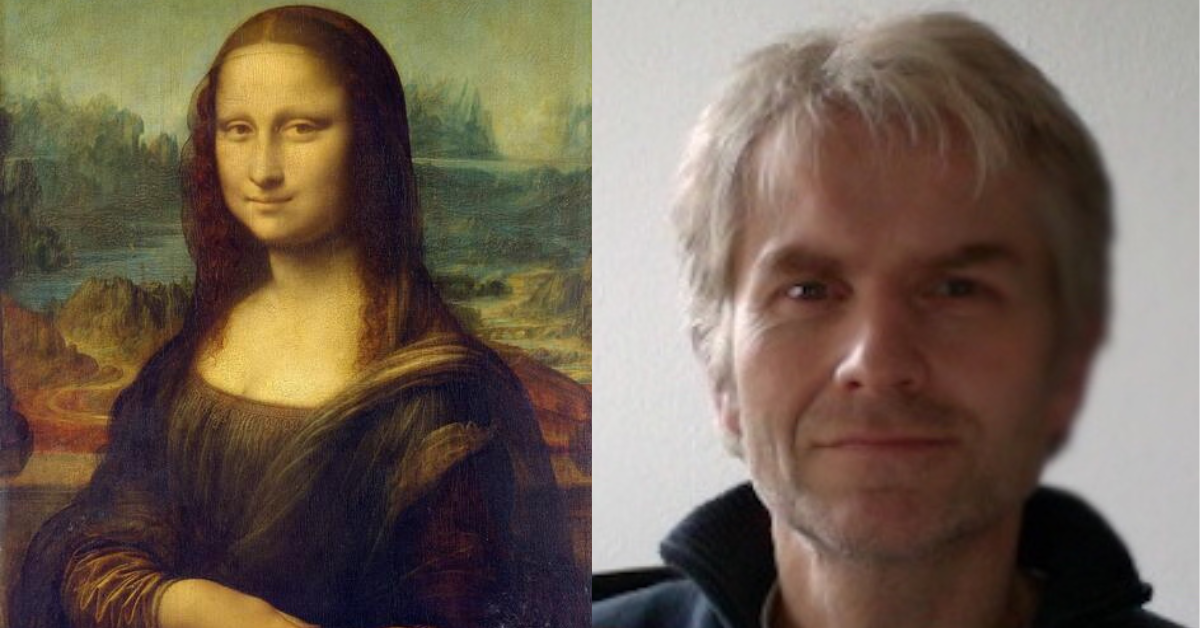For ages, people have been captivated by the mystery of the Mona Lisa’s smile. There has long been discussion about whether the woman in Leonardo da Vinci’s famous 16th-century image is joyful, depressed, or somewhere in between. The truth may now have been revealed by a recent German study. The majority of observers concur that the Mona Lisa is smiling, as confirmed by scientists.

Scientific Experiment Confirms the Mona Lisa’s Smile
Two extensive trials were carried out by researchers at Freiburg’s Institute for Frontier Areas of Psychology and Mental Health. Twelve participants were shown nine different copies of the Mona Lisa in the first: eight of them were digitally altered to look happier or sadder than the original. Participants assessed whether the face appeared joyful or sad after the pictures were shown roughly thirty times at random.
The outcome? Almost all of the participants said that the original Mona Lisa was grinning. This goes against what many art historians have long held, according to lead researcher Jürgen Kornmeier. The evidence clearly indicates that the majority of people only see the Mona Lisa smiling, despite centuries of disagreement.
Perception Changes With Context
Researchers looked at sadder variations of the image in the second experiment. Alongside the original, participants were asked to rate many flipped variants. It’s interesting to note that they gave all of the photos, including the original, a lower rating than they did in the first round. This demonstrates that our perception of emotions is greatly influenced by circumstances. Nevertheless, one of the most joyful faces in the lineup was still the original Mona Lisa.
The Enigmatic Smile Endures
The well-known smile in the picture may be an optical illusion, according to some experts. If you look at the woman as a whole, she seems to be smiling; if you look at her mouth specifically, the expression changes. Da Vinci may have purposefully employed this “uncatchable smile.” But there isn’t any concrete proof of his intention.
Some people think that the Isleworth Mona Lisa, a different rendition of the image, was an earlier attempt because it has a more pronounced smile. However, the majority of academics deny that Leonardo painted it. Thus, the original Mona Lisa’s smile continues to be the object of attraction. Though it may not alter decades of artistic interpretation, contemporary science does provide a convincing explanation: the Mona Lisa is smiling, and the majority of us can see it.




